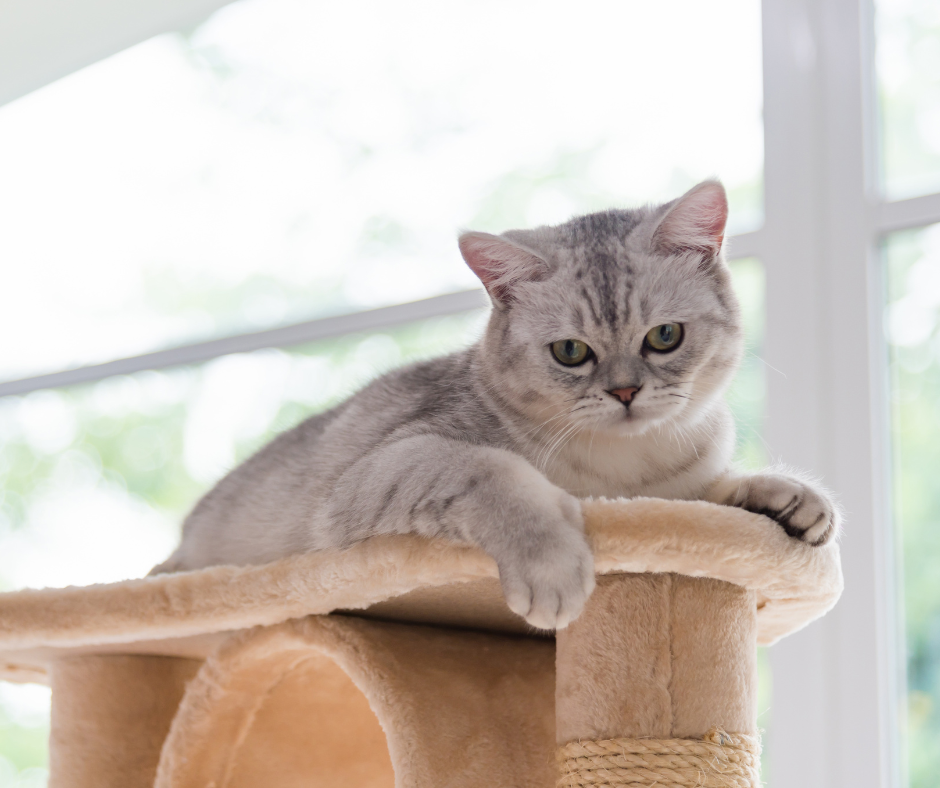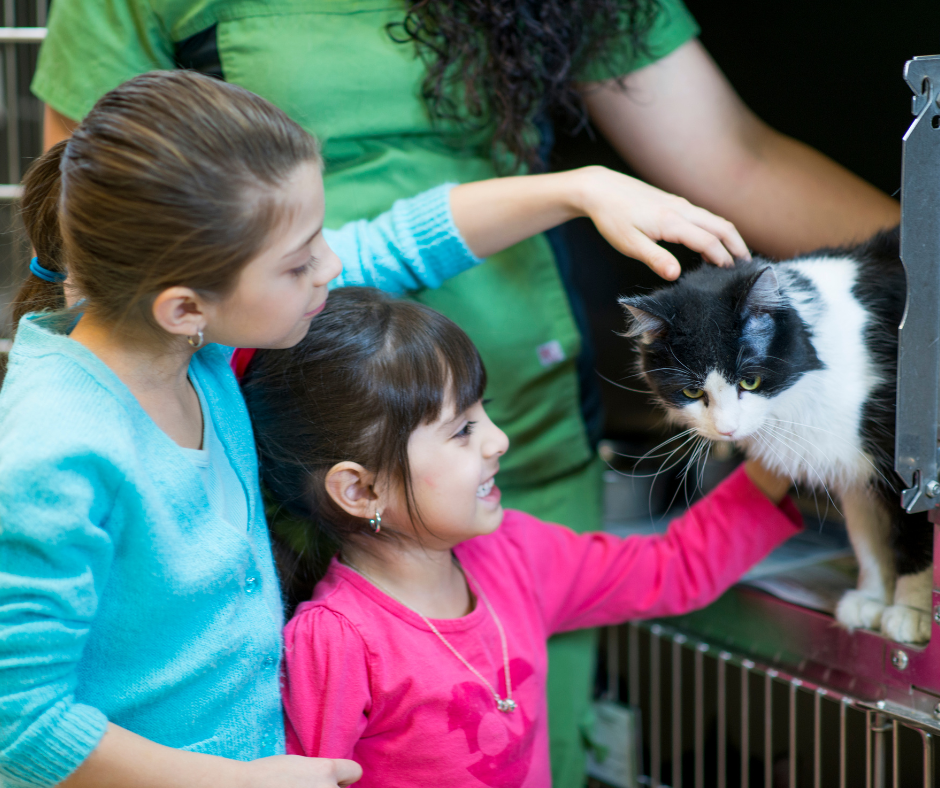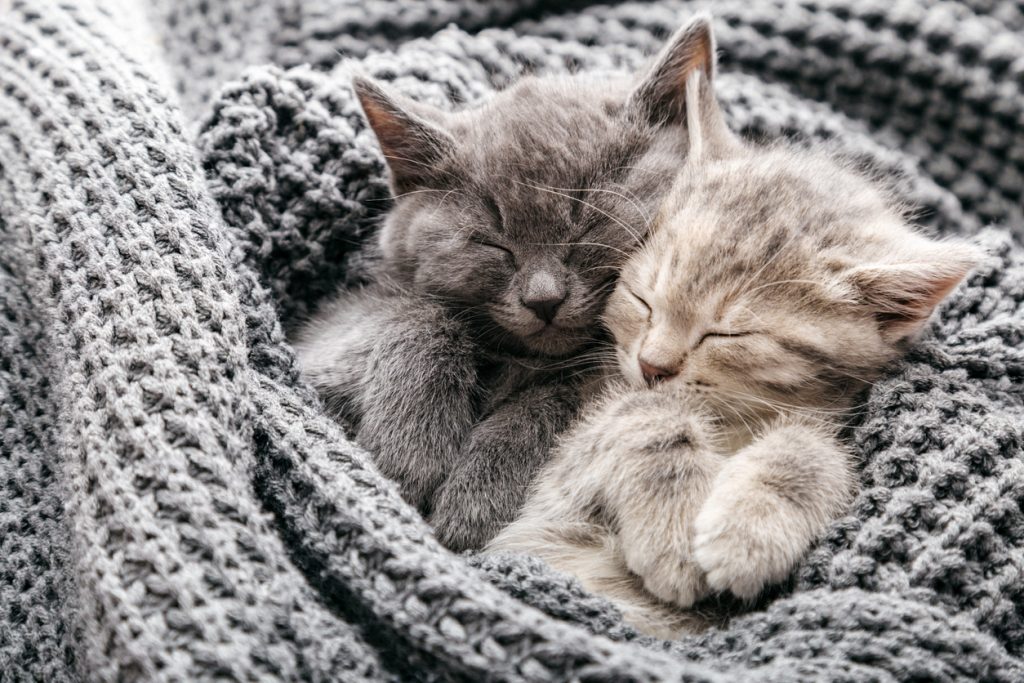Bringing Home a New Cat

Bringing home a new cat is an exciting time. Some may already have a cat or two and need extra feline companionship. For others, a new cat will be their first. Before adoption, there are a few things to consider and do to prepare your home for a new cat.
Double Check
The first thing you must do is pause and think. Taking on an additional cat will change the dynamic, and perhaps not in line with the most carefully laid plans. Making the change to creating a new cat household comes with its own range of challenges. Before rushing out to meet cats and kittens available for adoption, do a lot of thorough research, and soul-searching. Once you meet them, it will be close to impossible not to bring at least one of these amazing, beautiful creatures home. Cat behaviour is somewhat predictable. But like us, each cat has its own distinct personality. Think about what would happen if it didn’t go to plan. If your new cat doesn’t get along with an existing cat, can the home be zoned, giving each cat their own space? Are you prepared to deal with a kitty who struggles to keep it in the litter box? How would you feel about dealing with an indoor cat that is desperate to get outside?
Solo or Social Feline?
A cat that has been socialised with other cats from a kitten will probably take to a new cat. In a home with an existing solitary cat, it’s important to understand that they will unlikely take to the sudden company of another feline. Cats are territorial creatures, they leave their scent all over their space through rubbing against walls, furniture and people, and via their paw pads when they scratch and knead. Read 9 Ways to Make Your Cat Happy for more on cat scent.
The Home Dynamic
Consider the sexes of both cats – generally, opposite sex cats cohabit better than same-sex. But this isn’t always the case. Two chilled out dudes or two leisurely ladies could happily live together. Take a look at the existing dynamic between all family members and pets. What sort of character do your current pets have? Snappy dogs and cranky cats may not make your new feline friend welcome. Their happiness in the home is important too. Do you have young, active children? Will they cope with a hiss or a scratch from an over-handled cat?
Cat Proof
New cat homes will need a safety audit. There’s a reason why cats have nine lives; their curiosity often gets them into trouble. Cats love to play, and it exercises their hunting instinct. The only outlet for indoor cats is playtime with you and any other cats, and what they can find around the house. You may notice that mischievous activity occurs just before their regular feeding time. Cats have an interesting behaviour pattern, consisting of hunt, eat, groom and sleep. we also look at this interesting sequence in our before-mentioned article, 9 Ways to Make Your Cat Happy. You will want to check your home for dangling objects. Cords will be pulled, putting your cat at risk of injury from an iron, for example. Plants are another potential target, leading to the possibility of injury, smashed pots and an awful dirty mess to clean up. Another hazard of plants is potential poisoning. We cover dangers in the home for cats in 10 Common Household Hazards for Cats, including a list of plants to remove from your home, and other dangers, such as human foods that are toxic to cats.
Play in the Zone
Even well socialised cats are territorial. Multiple cat homes will need zones so each cat has their own area. They will of course spend time in each other’s space and in neutral territory, but they should have their own spot to retreat to. This can be as simple as a chair in the living room, or the foot of the bed, or you can create elaborate areas with cat trees, elevated beds and resting perches throughout the home. They will cover their special spot in their scent, marking it as their own. Each cat needs their own food and water bowls, bed, toys, scratch posts and litter tray. Try this with cats that fight. The problem could be as simple as a territorial dispute.

Finding the Right Cat
Burmese, ragdoll, Persian, Russian blue; there are so many beautiful breeds of cat. If this is your dream, be sure to check the breeder is registered, the kitten microchipped, vet checked and vaccinated. Most breeders will request a signed legal statement that you agree to desex them when they are of age. Animal shelters are a great place to look for a feline friend. Cats are assessed for behaviour and suitability to certain types of households. All cats and kittens are microchipped, vet checked, vaccinated and desexed. Cat adoption isn’t free, but it is a lot more affordable than buying a pure bred kitten. Depending on the breed, a pure bred can cost anywhere from $1,000 to $4,000 in Australia, excluding the cost of desexing. Shelters are a great option to give a cat that is just as beautiful a chance in a safe, loving home. If you have your heart set on a purebred, consider one of each. Della Sealey, assistant manager at the Wingecarribee Animal Shelter, says there is a huge number of cats needing homes across NSW. At the shelter, located in Moss Vale in the Southern Highlands of NSW, there are a large number of homeless cats and kittens looking for a home. And if you’re patient, you can find purebreds there too. “We currently have a purebred ragdoll, she is beautiful.”
First Introductions
Introducing a new cat to your existing cat(s) is a slow process. When you bring home your new cat, keep them completely seperate, giving them both a chance to smell each other before they lay eyes or ears on each other. Present them with each other’s bed or blanket. This is just as important for the newcomer; they will understand that another feline is already in residence. On day two, spend time with them both separately, patting and stroking them to get their scent on you. Monitor how your first cat responds to the newcomer’s scent. If they are unimpressed, hissing and avoiding your company, leave it and try again later. On day three, allow them to sniff each other through a door. The next step is giving them time in the same room with your new kitty in a carrier. There will probably be hissing, perhaps some smacking of paws against the bars. Be patient. Talk to and reassure your first cat. When they go about their business, take your new cat out of the carrier and keep hold of them. If the reaction leaves you feeling that one of them may be hurt, pop new kitty back in the carrier, or seperate them by closing off an area of the home. Try again the next day. Supervise their first face-to-face meetings. A good tip for introductions is to time them in with meals. It will be easier for cats to become accustomed to one another while they focus on eating.
Feline Meets Canine
Introducing your new cat to your dog is simpler and dependent upon their personality. Relaxed dogs can move straight to introduction through the cat carrier. Owners of feistier dogs will benefit from using the steps above for first introductions. Protect your dog from likely scratches as they give their new housemate a thorough sniff. Avoid a situation where your excited dog runs from a distance towards your new cat to avoid a chase. Provide safe places your new kitty can access to feel secure. They will need a feeding zone out of reach of your pup. For the first few days, your new cat may hide. Provide safe, cosy hidey holes for them to retreat to. It can be as simple as a cardboard box and a blanket. Give them reassuring cuddles, strokes around the ears and lots of verbal encouragement. Keep their food and water area clean, and refresh their litter box regularly, cleaning out their leavings daily to prevent them thinking outside the box. Preparing your home for a new cat or kitten is an exciting time. When bringing home a new cat, be ready and mindful with these tips to start your new home dynamic on the right foot.

